
NASA’s Spitzer Space Telescope

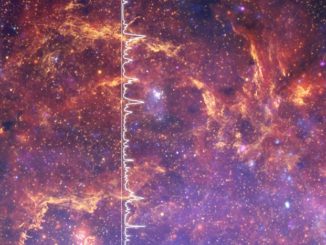
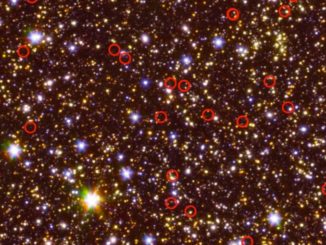


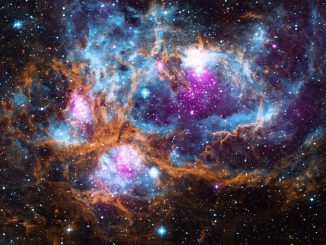
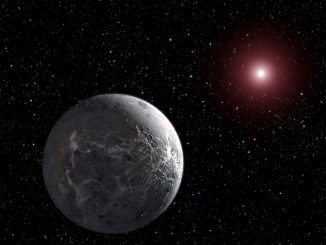
Potentially habitable super-Earth K2-3d observed transiting parent star
A group of researchers has observed the first ground-based transit observation of K2-3d — a potentially Earth-like extrasolar planet supposedly within the habitable zone around a bright M-dwarf host star 147 light-years away — using the multi-band imager MuSCAT on the Okayama Astrophysical Observatory’s 1.88-metre telescope.
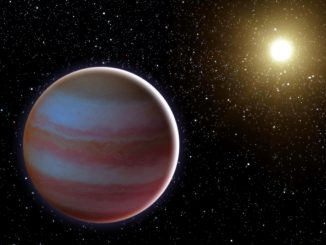
Microlensing observations with space telescope duo reveals brown dwarf
In a first-of-its-kind collaboration, NASA’s Spitzer and Swift space telescopes joined forces to observe a microlensing event, when a distant star brightens due to the gravitational field of at least one foreground cosmic object. This technique is useful for finding low-mass bodies orbiting stars, such as planets. In this case, the observations revealed a brown dwarf.
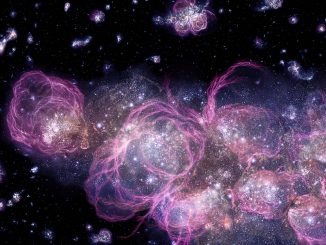
Using oxygen as a tracer of galactic evolution
A new study comprised of 7,000 galaxies casts light on how young, hot stars ionise oxygen in the early universe and the effects on the evolution of galaxies through time. The study presents the first measurements of the changing strengths of oxygen emission lines from the present day and back to 12.5 billion years ago.
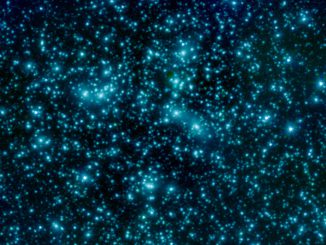
The Frontier Fields: where primordial galaxies lurk
In the ongoing hunt for the universe’s earliest galaxies, NASA has wrapped up its observations for the Frontier Fields project. This ambitious venture has combined the power of all three of NASA’s orbital observatories — the Spitzer Space Telescope, the Hubble Space Telescope and the Chandra X-ray Observatory — to delve as far back in time and space as current technology can allow.
